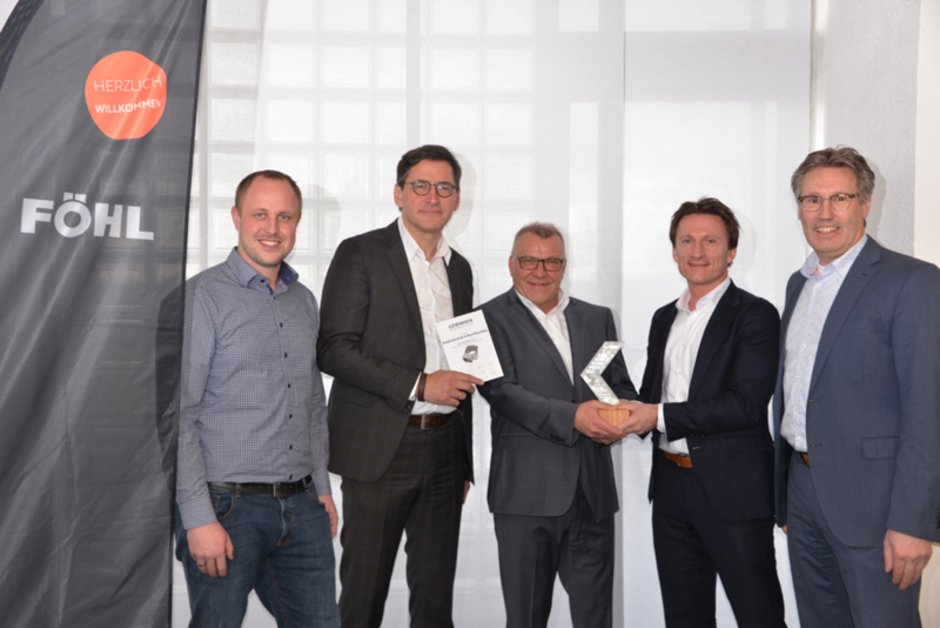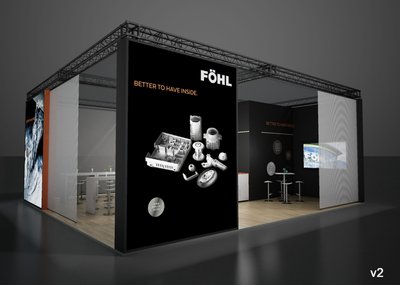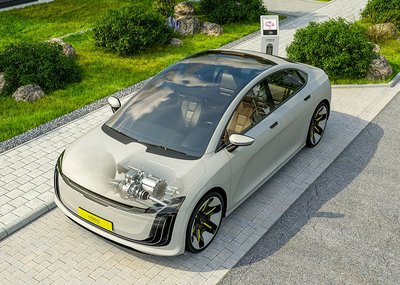The Zinc Die Casting Prize of the ZINK initiative is usually awarded during the EUROGUSS trade fair. Since the event is being postponed to the summer due to the corona pandemic, Föhl received the award yesterday evening on the premises of his own company, taking into account current corona regulations. Robert Kristo, Head of Sales & Business Development at Föhl, is particularly pleased about the award from the expert jury: “The Zinc Die Casting Prize is always something special because it is awarded by renowned experts from the industry. It makes us very proud to be able to receive it for our housing for low-voltage right-angle gears.”
The cast part is evaluated using various criteria. The construction and its complexity, the degree of difficulty and the implementation during production are included. The realization of a high-quality surface and the innovative strength that lies in a cast part also play a role. The expert jury is made up of members from the areas of alloy production, the manufacture of casting machines, institutes for science and materials research, and professional associations.
Föhl's award-winning workpiece is a segment of a multi-part gearbox for 24/48 volt motors. During the development for and with SEW-EURODRIVE, the high cost pressure in this market segment was taken into account and a solution was sought for the production of individual components that does not require any further processing steps. Here the choice fell on die-cast zinc. Since the structural design of the gearbox is not comparable with existing gearbox series and a design principle that enables automated robot assembly was to be used for the first time, the design was rethought and specially adapted to the requirements of zinc die-casting. A very high level of dimensional stability, low tolerances and no need to rework fitting dimensions are now the advantages of the workpiece. The expert jury for the Zinc Die Casting Award also praised the design of the casting tool, which enables the thin-walled inner ring to be implemented in the narrow gearbox housing.




